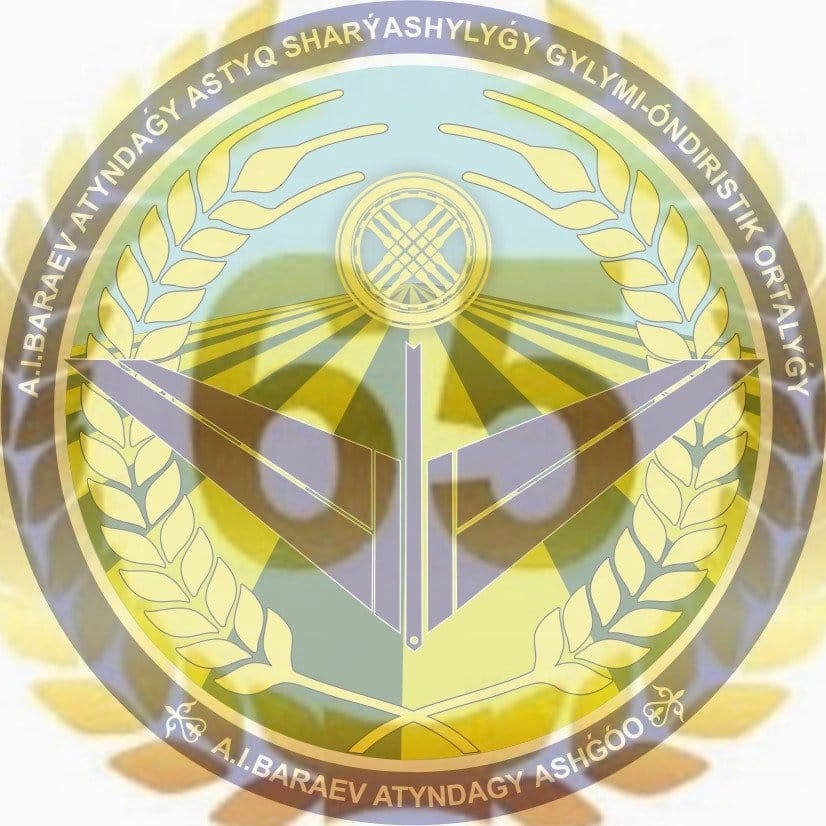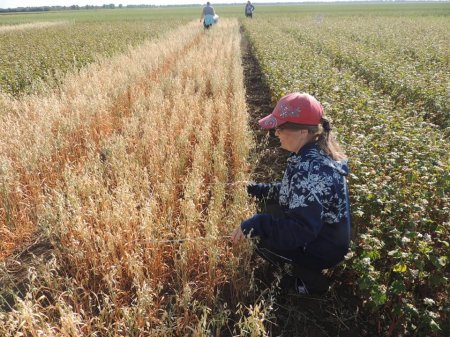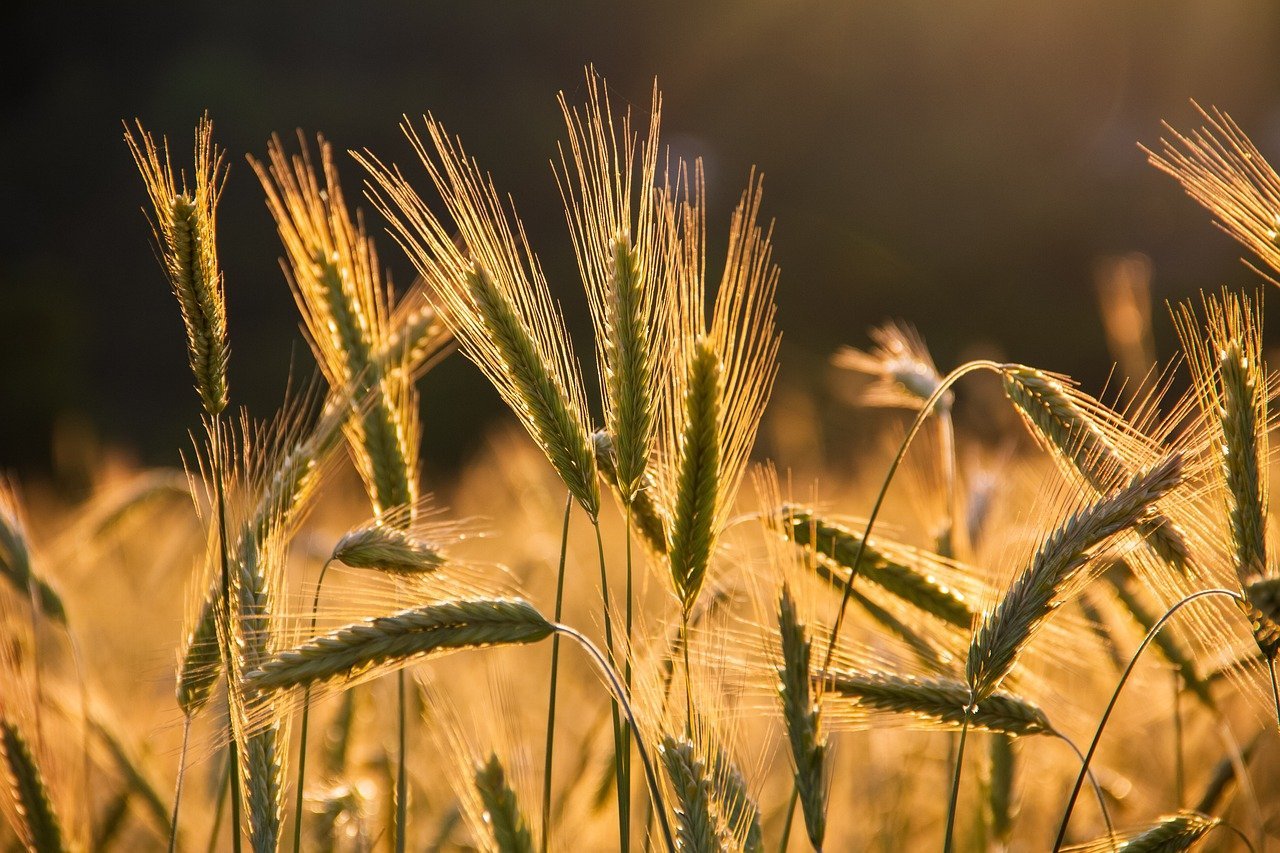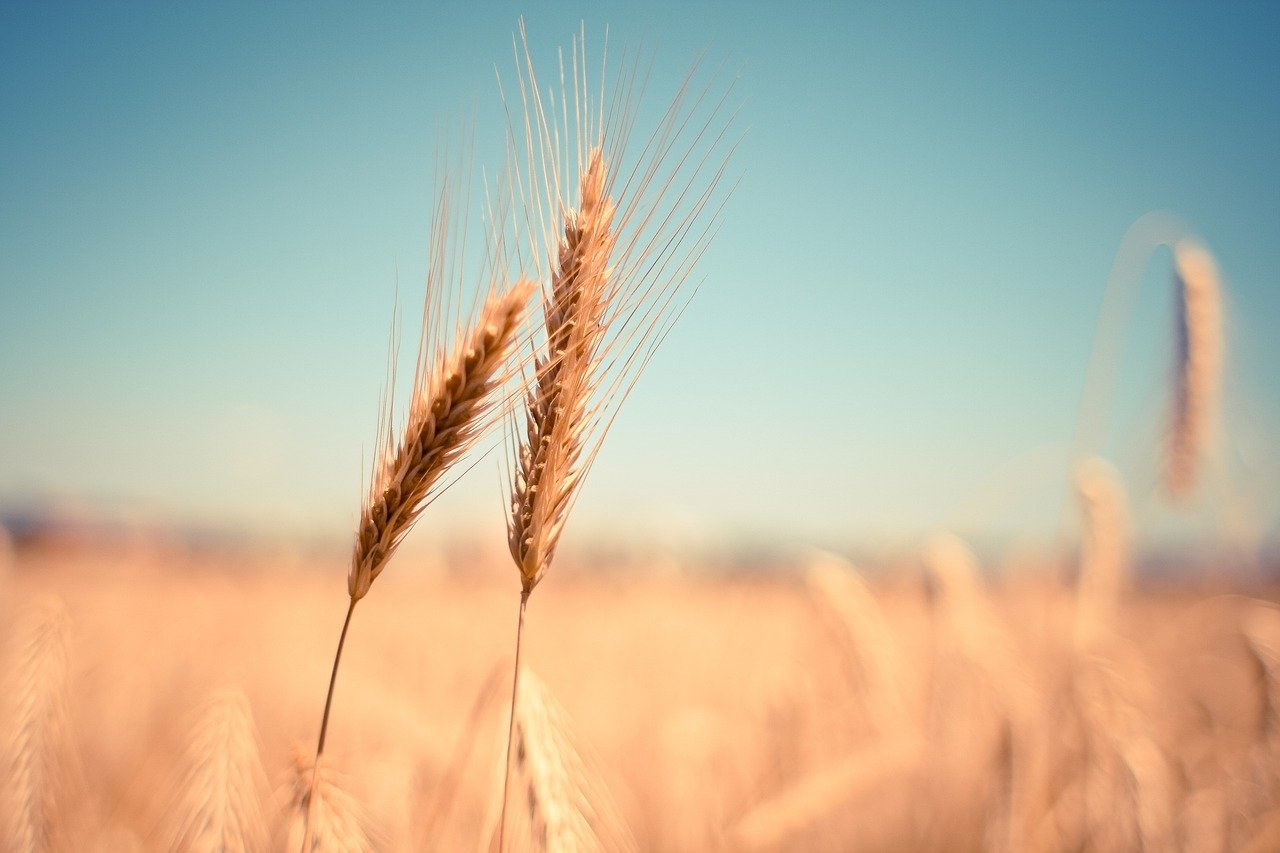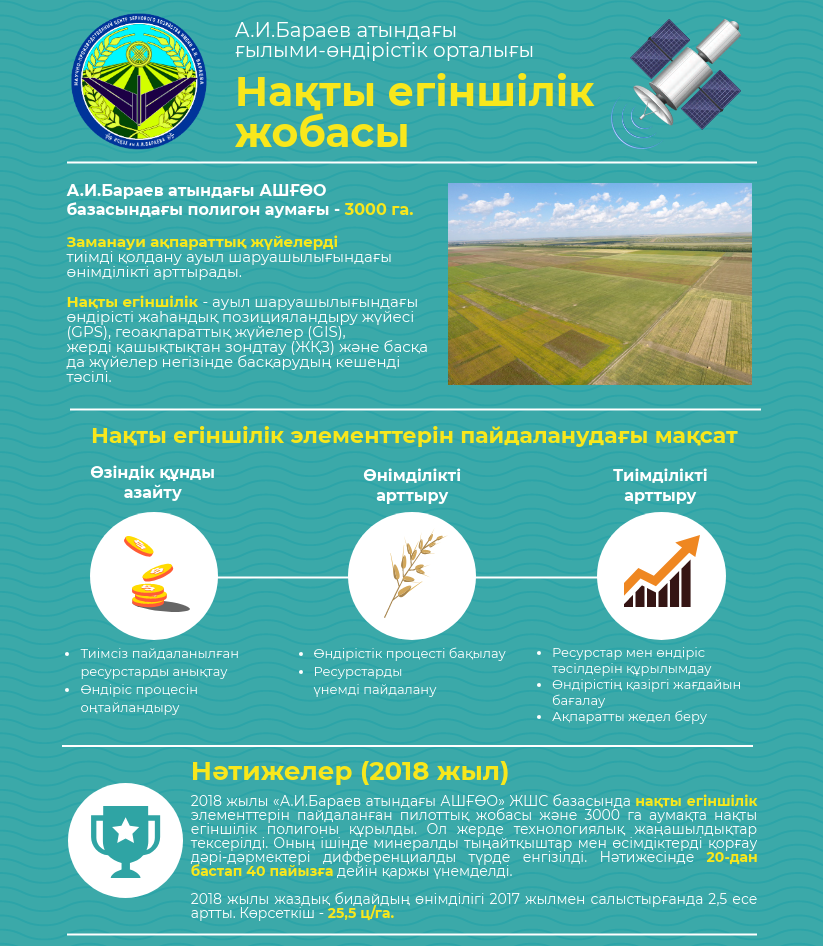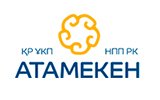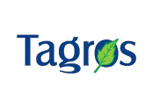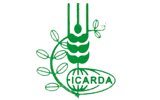Breeding of huskless oats at the “Grain Farming Center named after A.I. Barayev”
News
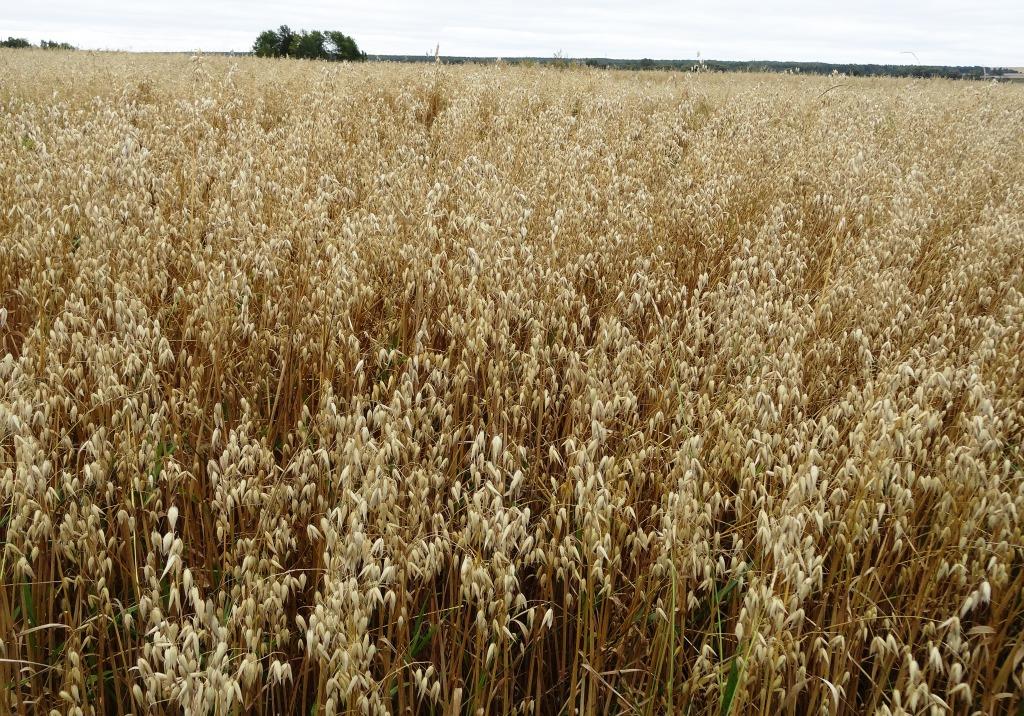
Oats (Avena sativa L.) is the most important grain and food crop, in terms of the total acreage it occupies the fifth place in the world after wheat, rice, corn and barley.
Oat is one of the oldest grain crops on Earth, which came to Europe from Mongolia and China in the 17th century BC. Oats are cultivated mainly in temperate climate zones of Europe, North America and Australia. In fact, varieties of huskless oats were breeded in Russia, Belarus, Ukraine and Kazakhstan in the 80s of the last century, but they did not reach production due to low yields compared to glumiferous standards. Then, at the beginning of the new century, these countries again turned their attention to huskless oats, and breeding work began.
Huskless forms have an advantage over glumiferous ones. The value of oats and its processed products for food and feed purposes is related to the biochemical composition of its grain. They are less polluted by mycotoxins and are resistant to grain shedding, they have a higher grain nature and quality, since it contains more protein, oil and starch, therefore they are preferable for use for food purposes. The absence of glumiferous on the grain can significantly reduce the cost of peeling and utilization of wastes. The high nutritional value of food products obtained from oat grains is associated with the peculiarities of the biochemical composition — an optimal combination of protein substances (12-14%), starch and fats (up to 6%), carbohydrates (40-55%), ash elements (up to 4%), proteins (7.0-13.0%), fiber (3.0-11.0%). Oat protein has a balanced amino acid composition, including lysine, arginine, tryptophan, cystine and tyrosine, which ensures its easy absorption by the body. The grain also has a higher fat content, which normalizes the functioning of the heart, circulatory system, human cholesterol metabolism and inhibits the development of atherosclerosis. The starch contained in oats provides a gradual release of energy, which helps control blood sugar levels in people with diabetes. Fiber has a soluble form, and helps to cleanse blood vessels of cholesterol deposits. Oat grain contains vitamins, organic compounds of calcium, phosphorus, iron, copper, manganese and other trace elements. The composition of proteins, carbohydrates, fats, starch, vitamins and trace elements in grain is ideal for ensuring the normal functioning of humans and animals. The presence of vitamins and rich nutritional value are also noted, the use of food in the composition in which it is contained improves the functioning of the cardiovascular system, the gastrointestinal tract of a person, reduces the risk of developing diseases.
The yield of cereals from huskless oats is 31-40% higher, and oat flakes are 27,1% higher, and they are characterized by better taste qualities. Oat grain is a valuable raw material for the manufacture of various types of cereals, flour flakes, oatmeal, confectionery, baby food and dietary nutrition.
The oats are cultivated annually on an area of 200-240 thousand hectares, gross yields are 280-335 thousand tons, average yield is 13.3-16.0 c/ha in the Republic.
Oat breeding has been carried out since 1968 in «SPC GF named after A.I. Barayev» LLP.
Currently, only glumiferous varieties of oats are zoned in Kazakhstan. In Akmola region, 15 varieties of oats have been approved for use, of which 7 varieties of «SPC GF named after A.I. Barayev» LLP: Bitik, Arman, Nikola, Antey, Ishim 13, Baizat, Duman.
Currently, breeding works are also being carried out with glumiferous the forms in «SPC GF named after A.I. Barayev» LLP. For the breeding of huskless oats, the samples of the collection nursery deserve attention, which differ in useful features. These samples are involved in the hybridization process to create new hybrids.
As a result of such work, in 2023, the glumiferous variety of spring oats Damsinsky glumiferous was transferred to the State Commission for Variety Testing of the Republic of Kazakhstan.
The variety was breeded in the «SPC GF named after A.I. Barayev» LLP by hybridization, a hybrid 13/13 was obtained — Belarusky glumiferous x [1171H3 (1004H MN708-1243-1244 x Damsinsky) x Skakun].
The Damsinsky huskless variety Avena nuda L, Var. Inermis. The shape of the bush is erect, the stem is of medium height, resistant to lodging (5 points), average thickness, full, productive bushiness of 1.9-2.2 pcs. the direction of the head branches is semi-detached, the location of the branches is semi-elevated, the tendency to spinosity of the first grain is weak. The number of grains in a head is 30.0-44.4 pcs. The mass of 1000 grains is 22.2-24.6 g. The grain does not have a husk, but grains with dense attachment of flower scales to the grain from 10 to 20% may occur in the seed fraction. A medium-ripened variety. The growing season is 76-82 days. The variety is drought-resistant and resistant to lodging.
The crude protein content in the grain of the variety averaged 17,38% in 2021-2023, exceeding the standard by 1,47%.
The average yield in the competitive variety testing for 2021-2023 was 12.0 c/ha, at the standard level of 9.9 c/ha.
The grade for the use of products is recommended for food and feed purposes.
(Based on the materials of the laboratory of breeding of grain crops of the SPC GF named after A.I. Barayev)






